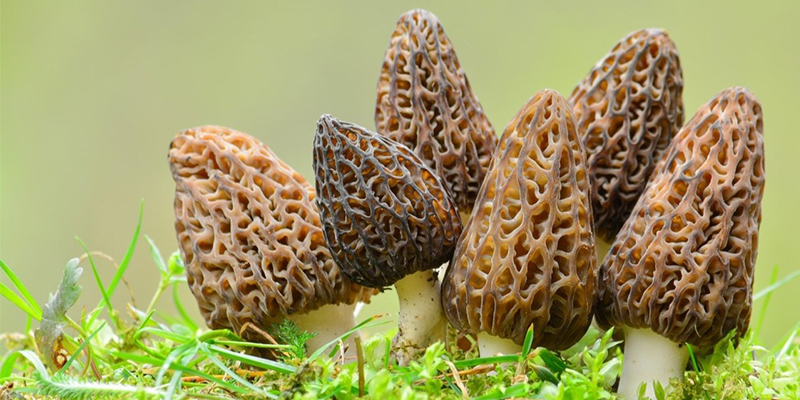Why are morel mushrooms uneven?

Why are the seeds sown on the same day in the same shed, the same variety, and the same management method, but the mushrooms produced are uneven, some places are large, some are small, some are dense, and some are dense. Sparse, not even fruiting?
For this problem, the analysis should start from the conditions required for the growth and development of Morchella.
Morchella, as an ascomycete, is different from basidiomycetes such as oyster mushrooms and shiitake mushrooms. The primordia and young mushrooms of morels are much smaller than the primordium and young mushrooms of basidiomycetes, smaller than the tip of a needle, and can be seen with the naked eye after zooming in on a photo. Only then can we see clearly. Such tiny living organisms have very strict requirements on environmental conditions, especially on soil moisture and air relative humidity. A slight discomfort will cause primordia to form, reduce or not differentiate; young mushrooms cannot grow normally or die . The result is: no mushrooms can be seen when planting mushrooms.
Therefore, those that can provide suitable living conditions for each growth and development stage of morels will have more mushrooms, and those that cannot provide suitable living conditions will have fewer mushrooms. Under the premise that other living conditions and strains are exactly the same, those with early sowing period, those with double film, and lack of nutrition will produce mushrooms early, and those with late sowing period, those with single film or no film, and those with excess nitrogen source nutrients will produce mushrooms. Night. The mushrooms with high ambient temperature (not super high) will produce mushrooms early, and those with low ambient temperatures will produce mushrooms late. Even in a fungus shed, different locations are different. Generally speaking, the shade and the sun, the sun is the first; the soil temperature is suitable for the first, and the unsuitable (too dry or wet) is the last; the relative air humidity is suitable and relative. Stable ones (generally the middle section of the bacterial shed) are the first, and those that are not suitable for instability are the last. This is the case, one after the other, which may lead to huge differences in different positions in the same fungus shed with more mushrooms and less mushrooms, and between mushrooms and no mushrooms.
The so-called facility cultivation is to use the functions of cultivation facilities to artificially control the temperature, humidity, light and ventilation in the fungus shed, so as to meet the living conditions of the growth and development stages of morels to the greatest extent, and to achieve smooth fruiting and growth with certainty. Get high yield. Therefore, the better the facilities, the easier it is to produce high yields.

(1)(1).jpg)
 CONTACT
CONTACT